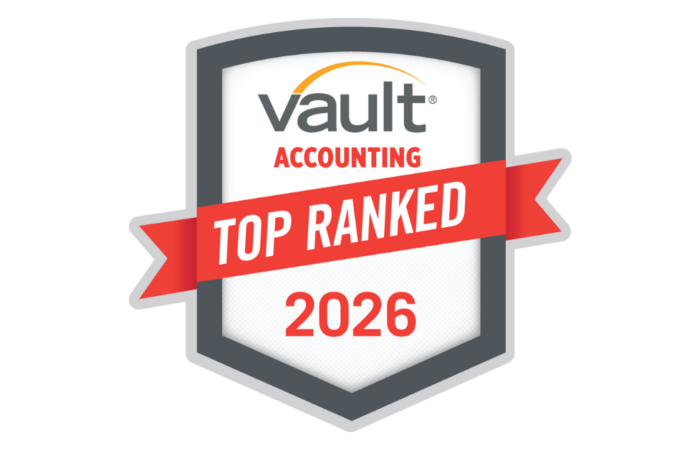Deciding to migrate from a paper-based record keeping system to an electronic alternative offers a business many advantages. These advantages include saving physical space, having easily accessible files, and a cost-effective way to back-up or destroy files in order to follow compliance regulations. However, electronic record keeping does have its own set of drawbacks, including a time-consuming transition phase, that businesses should consider before making the leap.
Advantages of Electronic Record Keeping
Physical Space
Perhaps the greatest benefit to electronic record keeping is the diminished physical space it requires. A 500GB hard drive can store as many pieces of paper as 1,000 four-drawer file cabinets. Instead of purchasing new file cabinets, you can invest in disk drives (on premise) or cloud storage (accessed via a secure connection to the Internet).
Easy Access
One of the greatest features that electronic record keeping can offer is the ability to access information at anytime from anywhere. Instead of digging through a file cabinet to find a specific record, the file is just a click away. This provides your employees with added flexibility and the ability to work off-site if necessary.
Cost-Effective Back-ups and Destruction
One of the biggest weaknesses of paper-based record keeping is that paper can be easily damaged or destroyed. If a file is soaked by water, accidentally shredded, or even just misplaced, the results can be devastating. However, with electronic record keeping, businesses have the option to create as many backups as they deem necessary, so if one file is lost due to data corruption or human error there is typically an easy way to retrieve the information.
Another costly exercise related to paper-based record keeping is destroying files. It can be expensive and time-consuming to dispose of outdated files, regardless of whether you tackle the job internally or with the help of an outside vendor. There is also the added risk that shredded pages could be reassembled into full pages if someone devotes enough time and effort to the task. On the other hand, electronic record keeping offers deletion at the click of a button.
Disadvantages Exist As Well
Security Concerns
As with all technology and data systems, there is the accompanying risk of hackers gaining access to server and stored data. With traditional paper files, if an unauthorized user wanted access they would have to physically gain entry into the same location as the file. This would generally mean someone has to bypass security, pick locks, and escape unseen as opposed to just slipping past a badly configured firewall or tricking employees to open a file containing a malicious virus or worm from the safety of their bedroom.
Compliance Concerns
If your organization does transition to an electronic record keeping system, it is important to remember that the rules for record retention remain the same. Certain documents will still have to be kept for a mandatory number of years and produced if necessary. In order to maintain compliance, it is critical to establish a formal system for tracking electronic files, as you would for physical files.
Time-Consuming Transition
Migrating your files to an online server or cloud-based application is by no means a quick task. Depending on the size of your organization and the number of files, this can be a daunting process. This could mean operating on parallel systems until all of the paper files become outdated or scanning in all of your paper documents and assigning them to the correct files and locations.
It important to develop an internal process prior to implementing the change and educating all of your employees. While it is possible to hire an outside vendor who specializes in record migration to assist, it is critical to have a qualified IT professional carefully assess any and all prospects.
Choosing to switch from a paper-based record keeping system to an electronic record keeping system is never a quick or simple process. It is however worth it. Once you make it through the transitional period, the benefits will be tangible.
For more information on record retention please review the sources noted below or contact info@calibrecpa.com.
Henry Bosco | Senior Auditor
Sources:
AICPA. “Guide to Small Business Recordkeeping.” AICPA.org, 2015, www.aicpa.org/Career/
Marketing/DownloadableDocs/SmallBusiness/SBToolkit_RecordkeepingGuide_Spreads.
pdf. Accessed 14 Apr. 2017.
Breeden, John, II. “3 Ways to Destroy Data without Taking it to Mount Doom.” GCN – Emerging
Tech, GCN.com, 30 Apr. 2013, www.gcn.com/blogs/emerging-tech/2013/04/how-to- destroy-hard-disk.aspx. Accessed 14 Apr. 2017.
“Digital Storage Calculator.” ILM Corp, www.ilmcorpcom/tools-and-resources/digital-storage-
Calculator/. Accessed 14 Apr. 2017.
“Top five myths that shredding services want you to believe.” Datastroyer, 10 Aug. 2016, www.
Datastroyer.com/shredding-myths/. Accessed 14 Apr. 2017




